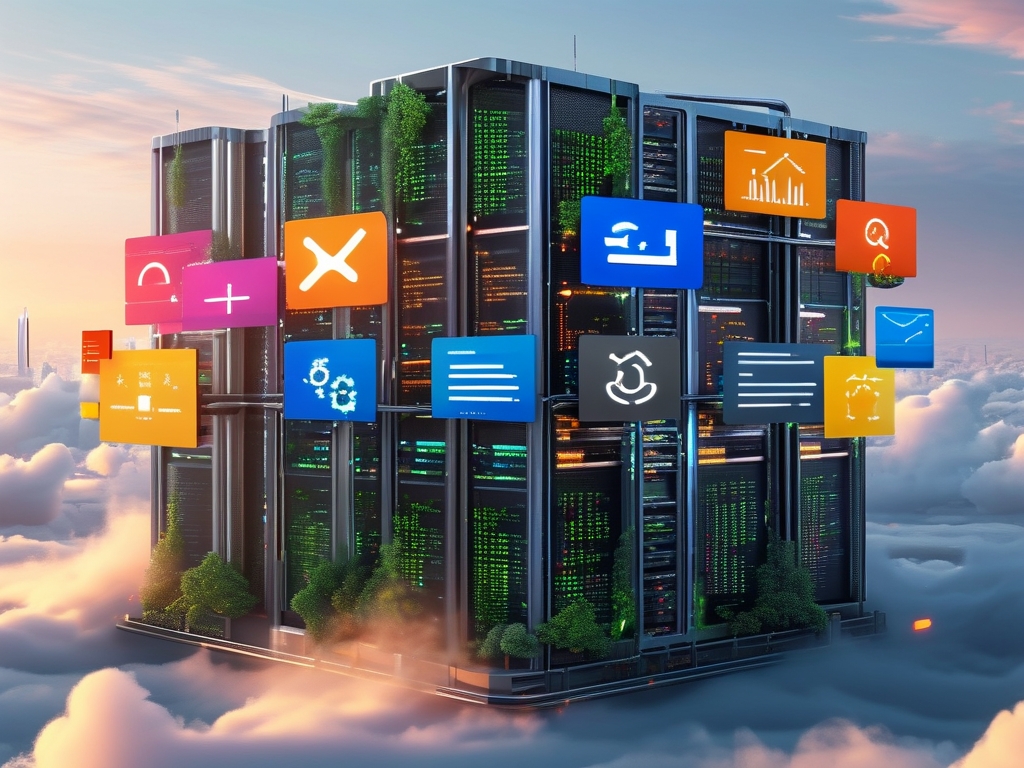The rapid adoption of hybrid cloud environments-combining on-premises infrastructure, private clouds, and public cloud services-has introduced unprecedented complexity in IT operations. As organizations strive to balance flexibility, cost efficiency, and security, the need for a robust monitoring architecture becomes critical. This article explores the design principles, challenges, and practical strategies for building a scalable hybrid cloud monitoring framework.
Why Hybrid Cloud Monitoring Matters Hybrid cloud environments inherently involve distributed resources, multi-vendor platforms, and dynamic workloads. Without unified visibility, IT teams risk operational blind spots, performance bottlenecks, and compliance gaps. Effective monitoring ensures:

- End-to-End Visibility: Tracking applications and services across heterogeneous environments.
- Proactive Issue Resolution: Detecting anomalies before they escalate into outages.
- Cost Optimization: Identifying underutilized resources and optimizing cloud spending.
- Security Compliance: Monitoring data flows to enforce governance policies.
Key Components of a Hybrid Cloud Monitoring Architecture
- Data Collection Layer
- Agents and APIs: Deploy lightweight agents on on-premises servers and integrate with cloud-native APIs (e.g., AWS CloudWatch, Azure Monitor).
- Log Aggregation: Centralize logs from containers, VMs, and serverless functions using tools like Fluentd or Logstash.
- Metric Sampling: Collect performance metrics (CPU, memory, latency) at regular intervals.
- Processing and Analytics Layer
- Stream Processing: Use Apache Kafka or AWS Kinesis for real-time data ingestion and filtering.
- Machine Learning Integration: Apply anomaly detection models to identify irregular patterns in traffic or resource usage.
- Correlation Engine: Link metrics, logs, and traces to diagnose root causes efficiently.
- Storage Layer
- Time-Series Databases: Utilize Prometheus or InfluxDB for high-frequency metric storage.
- Data Lakes: Store raw logs and historical data in cost-effective solutions like Amazon S3 or Hadoop.
- Visualization and Alerting
- Dashboards: Build customizable dashboards using Grafana or Datadog to visualize cross-environment performance.
- Threshold-Based Alerts: Configure alerts for SLA breaches or resource exhaustion.
- AI-Driven Insights: Leverage tools like Google Cloud's Operations Suite for predictive analytics.
Challenges in Hybrid Cloud Monitoring
- Tool Fragmentation: Managing disparate monitoring tools for different cloud providers increases complexity.
- Latency and Bandwidth: Transmitting large volumes of data across networks may introduce delays.
- Security Risks: Ensuring encrypted data transmission and access control across hybrid boundaries.
- Scalability: Adapting the architecture to handle spikes in workloads without performance degradation.
Best Practices for Architecture Design

-
Adopt a Unified Monitoring Platform Choose solutions that natively support hybrid environments, such as Dynatrace or New Relic, to reduce tool sprawl.
-
Standardize Data Formats Normalize metrics and logs using OpenTelemetry or similar frameworks to ensure interoperability.
-
Implement Edge Monitoring Deploy edge computing nodes to preprocess data locally, reducing reliance on centralized systems.
-
Automate Remediation Integrate monitoring with orchestration tools (e.g., Terraform, Ansible) to auto-scale resources or restart failed services.
-
Prioritize Security Use zero-trust principles to authenticate data sources and encrypt data in transit and at rest.
Case Study: Financial Institution's Hybrid Cloud Journey A multinational bank migrated 60% of its workloads to AWS and Azure while retaining sensitive data on-premises. By designing a monitoring architecture with:
- Cross-Cloud Tagging: Unified metadata tags for resource categorization.
- Centralized Logging: A Splunk-based system aggregating logs from all environments.
- Real-Time Dashboards: Custom views for DevOps and compliance teams. The bank achieved a 40% reduction in incident response time and improved regulatory audit readiness.
Future Trends
- Observability-as-Code: Infrastructure-as-Code (IaC) principles extended to monitoring configurations.
- Serverless Monitoring: Tools tailored for ephemeral functions in AWS Lambda or Azure Functions.
- Edge AI: Deploying ML models at the edge for faster anomaly detection.
Designing a hybrid cloud monitoring architecture demands a balance between flexibility, scalability, and security. By integrating multi-source data, leveraging automation, and adopting unified platforms, organizations can turn monitoring from a reactive task into a strategic asset. As hybrid clouds evolve, continuous innovation in monitoring tools and practices will remain essential to maintaining operational excellence.









